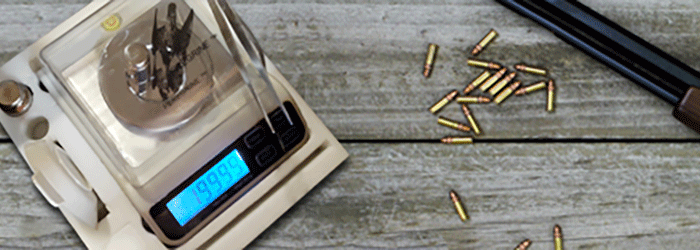There are various different types of brass tumblers available on the market today, all with their own strengths and weaknesses. Because the choice of type of tumbler to use is really up to the reloader, we will only give a brief overview of the reloading brass tumbler and its variations.
Types of reloading brass tumblers
Ultrasonic brass cleaners
Ultrasonic case cleaners are a new and exciting introduction into case cleaning. The use of ultrasonic case cleaners offers the reloader the opportunity to clean cases without any form of abrasion or stress to the bullet case. No case hardening occurs, and this process is also extremely fast when compared to traditional case tumblers. This brass tumbler works by suspending the cases in a liquid and then sending ultrasonic waves through the liquid, thereby cleaning the cases inside and out.
Vibrating case tumblers
The vibrating case tumbler is probably the most popular and well-known reloading brass tumbler on the market today. These tumblers work by vibrating a cleaning medium, typically rice or corn, against the brass bullets. Although the advantage of using this tumbler includes the fact that a large number of bullet cases can be cleaned in one go, there are two major disadvantages to this method:
- These tumblers take a very long time to clean, and the process of removing the cleansing medium from the cases after tumbling is a tedious and time consuming process.
- When consideratiing that the brass cases are repeatedly and vigorously buffeted by each other over a number of hours, it comes as no surprise that the brass can be hardened by this abrasive method of cleaning.
Rotary tumblers
Rotary tumblers work as rollers and employ small stainless steel pins as media when cleaning the brass. This relatively new cleaning method is far more effective at cleaning the brass both from the inside and the outside than the typical vibrating brass tumbler. It also reduces the amount of time of cleaning brass compared to vibrating brass tumblers, thereby limiting the buffering of the brass cases against one another. It is important to note that a soapy cleaning agent is often used alongside the stainless steel pins, and these agents can be abrasive if not selected with great caution.
If a person does not own tumbling equipment, brass can be cleaned by hand, using regular dishwashing liquid, tartaric acid and water. The brass should then be allowed to air dry, as drying brass with heat will likely have an annealing effect (thereby softening the brass).
Alternatively, an ammonia-free cleaning agent designed for use on brass can be used to clean and polish brass. Although this method is quite cheap and effective, caution must be exercised in choosing the cleaning in order to protect the quality of the brass.
Recent Articles
Reasons For Crooked Bullet Seating
Because reloading bullets can be danger [...]
The Most Accurate Reloading Scale | Peregrine Scale
Most sharpshooters take pride in loadin [...]
Improving Your Electronic Reloading Scale’s Accuracy
We believe that there are a few dos and [...]
How To Correctly Seat Peregrine Bullets
Seating the depth of hunting bullets ca [...]





